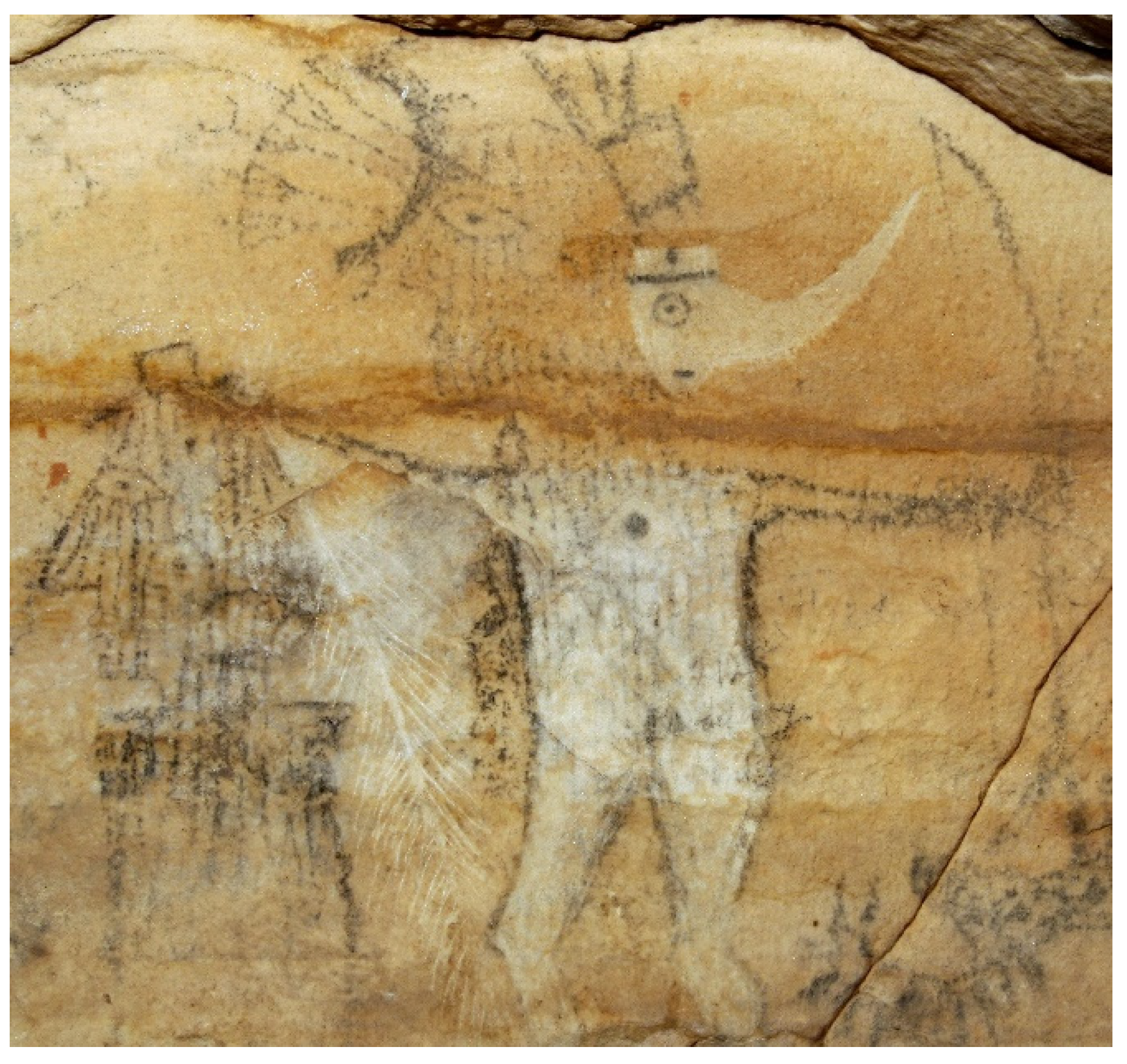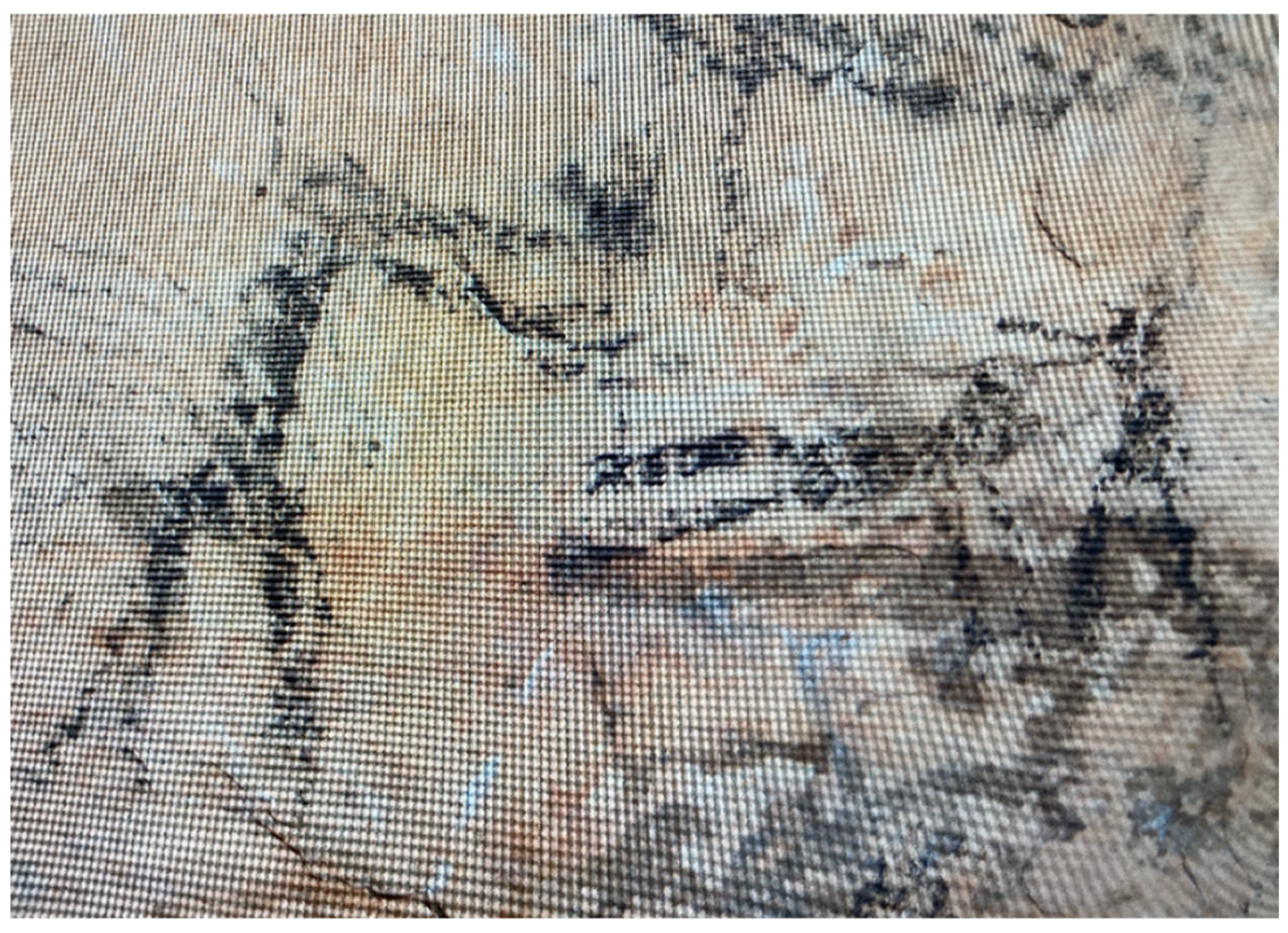A resurrection ritual, the first sunrise, and a musical game are among the scenes that were painted onto the walls of a cave in Missouri by Native American communities 1,000 years ago. Known as Picture Cave, the site has been studied by archaeologists since the early 1990s, yet it is only now – and with the help of local tribal elders – that researchers have managed to interpret these enigmatic illustrations.
The rest of this article is behind a paywall. Please sign in or subscribe to access the full content.
According to the authors of a new study, anthropologist James Duncan from the Missouri State Museum “began reading anything and everything he could find on ethnographic discussions and oral traditions of the American Indians known to have inhabited the region surrounding Picture Cave, primarily the Dhegiha Sioux speakers and their related nations.” Combining historical texts and interviews with elders from the Osage, Quapaw, and Kansa nations, Duncan and his colleague Carol Diaz-Granados claim to have determined the meanings of several of the most significant motifs at Picture Cave.

The figure known as Morning Star may have been the first to be depicted at Picture Cave.
Image credit: Jim Duncan
Among these is a scene that may be the oldest painting at the site, depicting a spiritual being known as Morning Star, Hawk or the Symbolic Man. Possibly inspired by a total solar eclipse that occurred in 941 CE, the image shows the supernatural figure holding the Sun – who is also his father – emerging from the Earth’s vulva. “This scene is a metaphor for the genesis story’s first sunrise,” explain the study authors.
Another motif shows a figure dancing with a willow branch, and may represent a Dhegiha ritual known as He’diwache, which involved dancing joyously with “Sacred Poles” as a celebration of tribal unity and freedom from the fear of conflict or attack. Another image – dated to 1025 CE – shows a figure known as the Black Warrior, which may be synonymous with a Dhegiha spirit called the Dark Wolf.
Yet another scene appears to depict a group of three men singing. According to the researchers, the trio may be enacting an ancient social rite known as the Hand Game, whereby players used music and elaborate hand movements to try and conceal a bead from their opponents.

Despite its crudeness, this image of a resurrection ritual may be one of the most significant at Picture Cave.
Image credit: Alan Cressler
Finally, the researchers highlight a pair of images that appear to lack the detail and finesse of many of the other designs. “In spite of their crude renderings, we believe these images to be very significant and telling of an important ritual,” they write. “At its most basic, it portrays the ritual of healing, and beyond that, possibly an image attempting and portraying resurrection and reincarnation.”
Based on the themes depicted in the hundreds of ancient artworks that adorn Painted Cave, the study authors say that the site was probably associated with the idea of genesis and that the images were “created to be seen by chosen candidates for priestly rites.” They also echo the words of Osage elder Charles Pratt, who declared that, for the local Indigenous communities, “Picture Cave is the Womb of the Universe.”
The study is published in the journal Arts.
Source Link: “Womb Of The Universe”: Native American Tribal Elders Help Archaeologists Decipher Ancient Rock Art In Missouri Cave